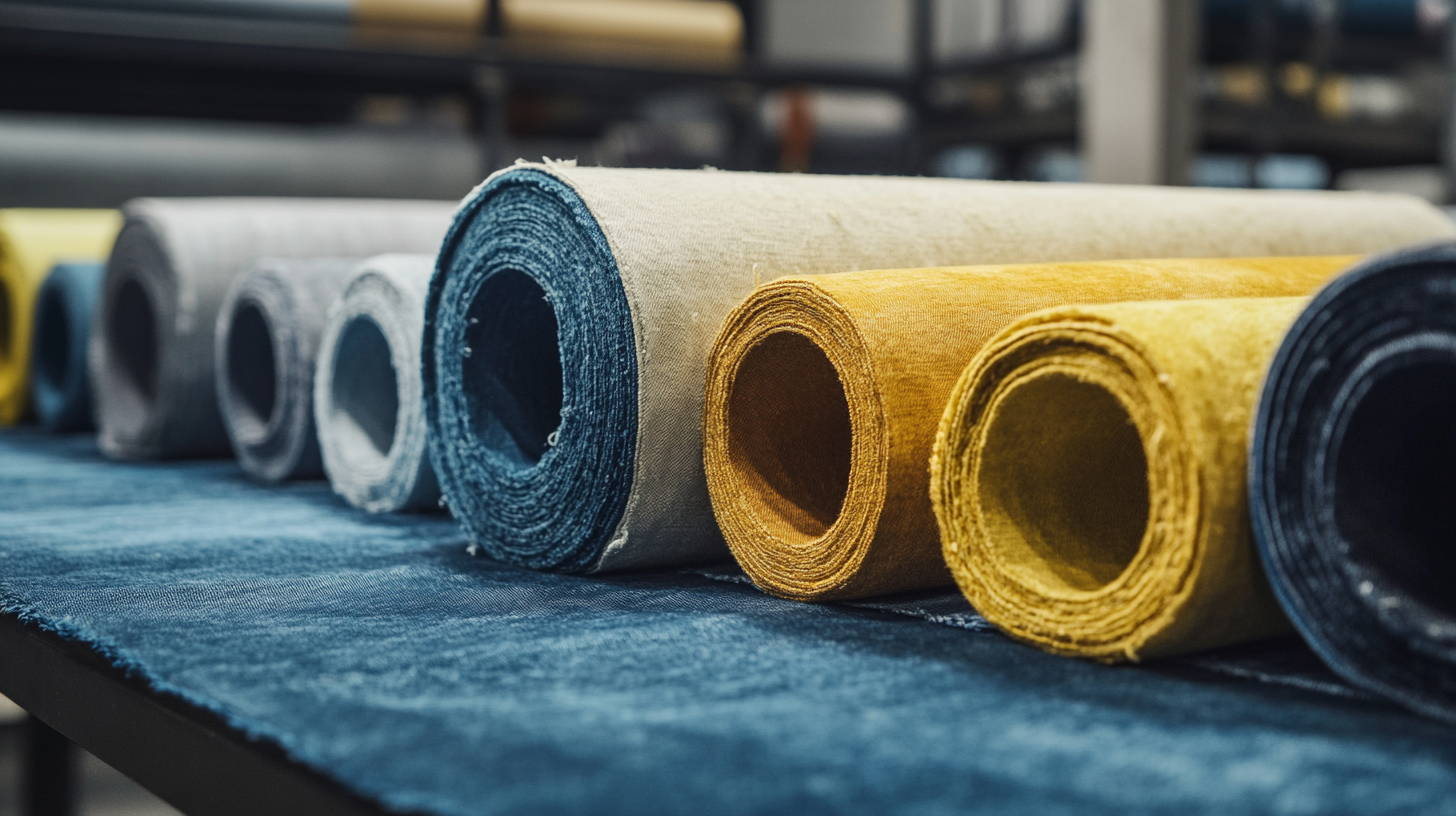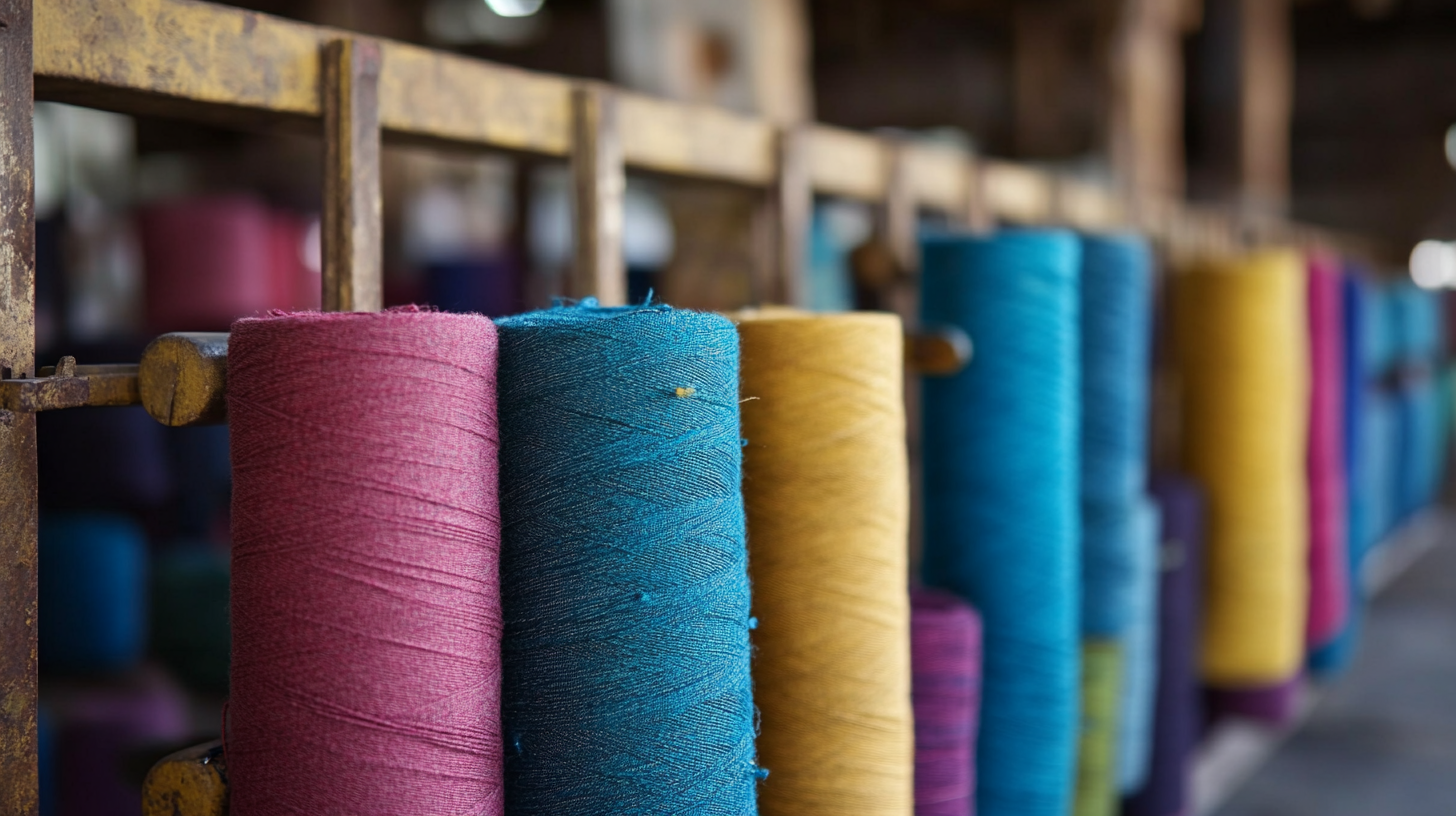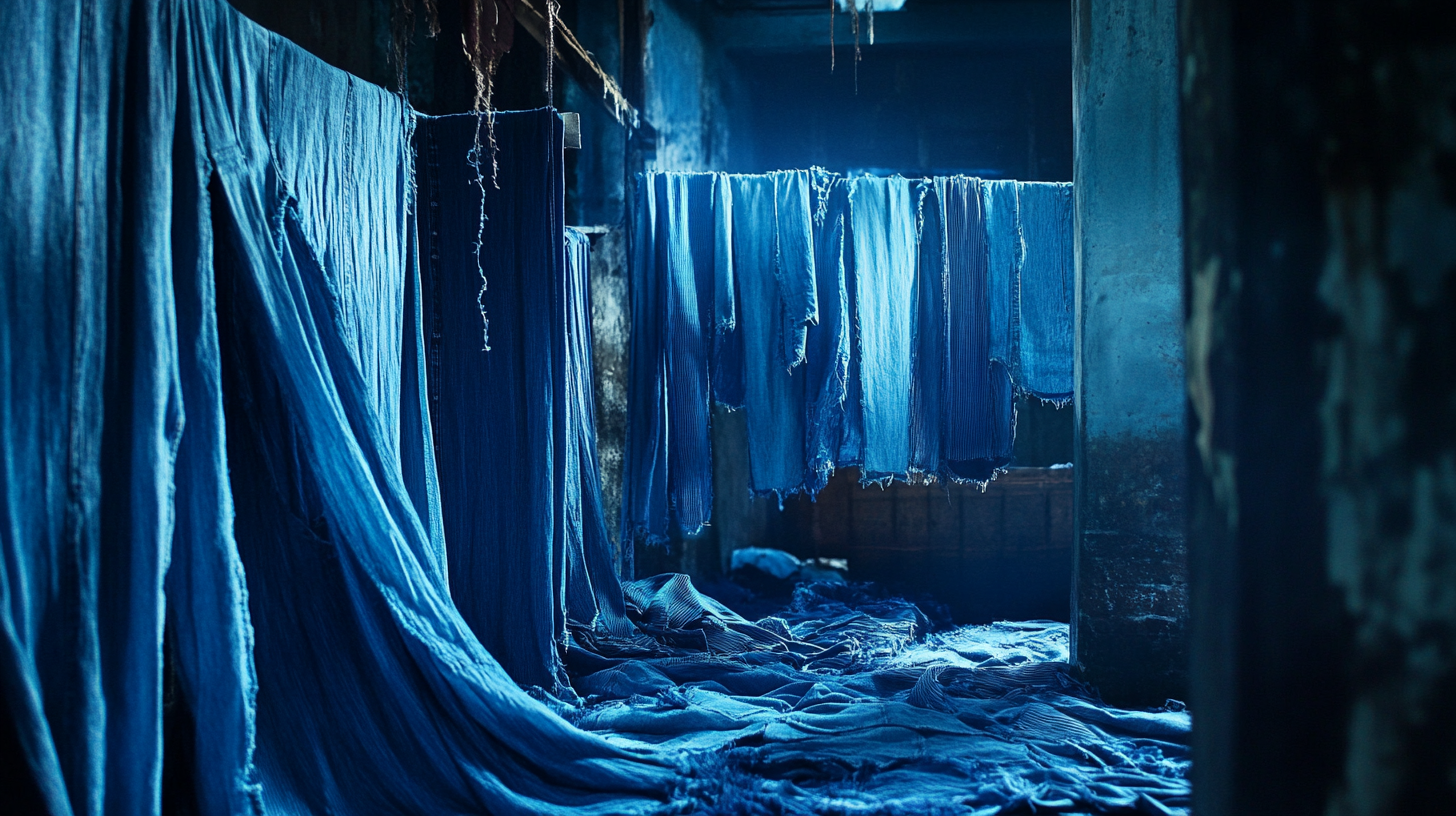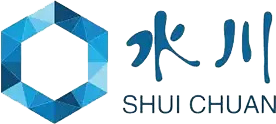As the global denim market continues to evolve, the demand for sustainable and eco-friendly practices has never been more crucial. One standout innovation in this space is Sulphur Denim, which has gained traction among manufacturers for its unique dyeing process that not only offers vibrant colors but also significantly reduces environmental impact. According to a recent industry report by Research and Markets, the global denim market is projected to reach $125 billion by 2025, with sustainable production methods driving substantial growth. This shift is especially important as consumers increasingly prioritize eco-conscious alternatives in their purchasing decisions.
Sulphur Denim presents a sustainable solution that appeals to both producers and consumers. The dyeing process utilizes sulphur compounds, which are known for their low toxicity and minimal environmental footprint compared to conventional reactive dyes. A study by the Textile Exchange highlights that brands adopting sustainable practices, such as those involved with Sulphur Denim, can reduce water consumption by up to 50% while also minimizing chemical discharge. This blog aims to provide comprehensive insights into Sulphur Denim, examining its benefits, production processes, and its growing appeal among global buyers seeking environmentally responsible options in denim apparel.

Sulphur denim is increasingly recognized for its unique characteristics and sustainability, anchoring itself firmly in the denim market. Defined by its distinctive dyeing process, sulphur denim is created using sulphur-based dyes that provide an intense and lasting color, particularly in darker shades. This process not only enhances the fabric's durability but also reduces water usage in comparison to traditional dyeing methods. According to a recent industry report, denim manufacturing is expected to grow at a CAGR of 4.5% over the next five years, driven in part by innovations like sulphur denim that meet both consumer demands for quality and eco-friendliness.
One key feature of sulphur denim is its ability to develop a unique patina over time, allowing garments to tell a story as they age. Unlike conventional jeans, which can fade uniformly, sulphur denim's coloration offers a rustic charm that is becoming increasingly popular among fashion-forward consumers. Additionally, the fabric's structural qualities make it ideal for various styles, from casual wear to more tailored looks. A survey conducted by Denim HQ revealed that consumers aged 18-34 prefer brands that utilize sustainable materials, signifying that sulphur denim's eco-conscious appeal aligns with the values of the modern shopper.
Furthermore, sulphur denim offers versatility in design, making it a favorite among fashion brands aiming to set trends for the coming seasons. With denim trends reflecting cultural shifts, the rise of sulphur denim signifies a return to authenticity and craftsmanship in the clothing industry. As fashion cycles rapidly evolve, those who recognize and embrace these unique attributes will undoubtedly define the next wave of denim innovation.
This chart illustrates the key features of sulphur denim categorized by their properties and benefits. It helps global buyers understand the significance of sulphur denim in the textile industry.
Sulphur denim has emerged as a revolutionary fabric in the realm of sustainable fashion, offering not just environmental benefits but also enhancing the longevity and aesthetics of garments. According to a recent report by the Sustainable Apparel Coalition, the use of sulphur dyeing processes can significantly reduce water consumption by up to 50%, a critical factor in combating the fashion industry's environmental impact. Traditional dyeing methods often require vast quantities of water and harmful chemicals; sulphur dyeing, however, utilizes naturally occurring sulphur compounds, which are less harmful and provide a more sustainable alternative.
Moreover, sulphur denim is known for its unique color and fading characteristics, which appeal to modern consumers looking for distinctiveness in their wardrobe. A study by Textile Exchange reveals that sustainable fabrics, including sulphur denim, are gaining traction; nearly 30% of consumers expressed a preference for clothing that embraces eco-friendly production methods. The durability of sulphur-dyed fabrics also contributes to a circular fashion model, as they withstand wear and tear better than conventional denim.
In addition to environmental advantages, sulphur denim allows brands to tap into the growing market of conscious consumers. With an expected 8% annual growth rate in sustainable fashion, brands incorporating sulphur denim into their lines position themselves favorably. By aligning with sustainable practices, companies can cater to an increasingly aware demographic while simultaneously addressing critical environmental issues linked to textile production. Thus, sulphur denim stands out not only as a fabric choice but as a vital step towards a more sustainable fashion industry.

The global trend towards sustainable fashion is significantly impacting various segments of the textile industry, including sulphur denim production. According to a recent report by the Global Denim Association, the demand for sulphur dyed fabrics has surged, with a noted increase of 15% in production volume over the past two years. This growth can largely be attributed to the rising consumer awareness regarding eco-friendly processes and materials.
Sulphur dyes are well-regarded for their affordability, excellent wash fastness, and a wide range of color options. As per data from the Sustainable Apparel Coalition, more than 60% of denim manufacturers are now integrating sulphur dyes into their production lines due to their lower environmental impact compared to traditional dyeing methods. This switch not only reduces water consumption by up to 50% but also minimizes the use of harmful chemicals, aligning with global sustainability targets.
Countries like Bangladesh, India, and Turkey have emerged as leaders in sulphur denim production, driven by their advanced textile technology and increasing investment in sustainable practices. The International Textile and Apparel Research Association reports that these regions are witnessing a steady growth of 10% annually in sulphur denim exports. As global buyers become more discerning, the shift toward sulphur denim reflects both a commitment to sustainability and a response to changing consumer preferences.
When comparing sulphur denim to traditional denim fabrics, several key factors come into play, including fabric weight, durability, and environmental impact. Sulphur denim, often heavier than its conventional counterpart, offers a unique texture and feel that appeals to fashion-forward consumers. The increased weight not only adds to the fabric's luxurious drape but also enhances its ability to resist wear and tear, making it an excellent choice for items designed for long-term use.
Moreover, the dyeing process used for sulphur denim is a critical aspect that sets it apart from traditional methods. Traditional denim typically uses indigo dyes, which can involve several water-intensive steps and contribute to significant environmental pollution. In contrast, sulphur dyeing is a more sustainable option that uses less water and produces fewer harmful byproducts. This environmentally friendly approach has positioned sulphur denim as an attractive option for eco-conscious buyers looking for stylish yet sustainable clothing choices.
Another essential consideration in this comparative analysis is the colorfastness of the fabrics. Sulphur denim is known for its deep, long-lasting colors, which make it ideal for fashion pieces that require minimal fading over time. Traditional denim, while classic in its own right, often faces challenges with color retention, necessitating special care and washing techniques. As global buyers consider their fabric options, understanding these differences will be paramount in making informed choices that align with their brand values and consumer demands.
When sourcing quality sulphur denim products, global buyers should focus on several key aspects to ensure they secure the best materials for their needs. Firstly, understanding the manufacturing process is crucial. Sulphur denim is known for its unique dyeing technique, which involves using sulphur compounds to achieve deep, rich colors. Buyers should inquire about the specific types of sulphur dyes used and ensure that the production methods are environmentally responsible. Sustainable practices not only enhance the product's appeal but also align with the growing consumer demand for eco-friendly textiles.
Another important factor is the fabric's durability and comfort. High-quality sulphur denim should withstand rigorous wear while maintaining its softness and aesthetic appeal. Buyers should request samples and perform quality checks, assessing factors such as the weight of the fabric, its texture, and how it responds to washing. Additionally, it's beneficial to understand the supplier's quality control processes, as this will provide deeper insights into their commitment to producing high-standard products.
Finally, building strong relationships with suppliers can significantly improve sourcing outcomes. Engaging with manufacturers who have a proven track record in producing sulphur denim can yield not only better pricing but also more reliable delivery timelines. Establishing open lines of communication will facilitate discussions about customization and meet specific product requirements. As buyers navigate the sulphur denim market, prioritizing quality and sustainability while fostering good supplier relationships will lead to successful sourcing endeavors.

